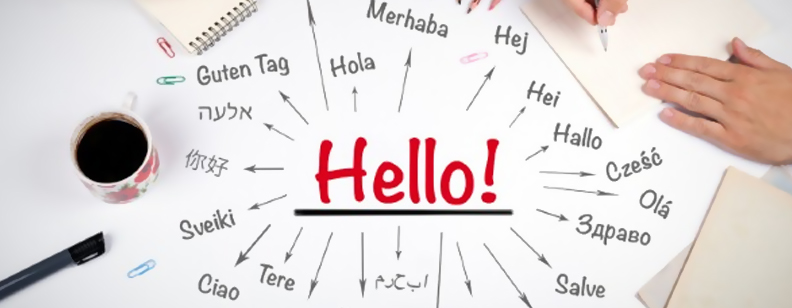Language translation between Arabic and English has always done poorly according to stats, partly because of multiple misunderstandings and problems arising from strange language choices or absolute inaccuracies in translated texts. Let’s see why are there so many problems with Arabic translations?
Cultural Vocabulary
The problem, is more about cultures than language, or the skill of the translator in question. As a matter of fact there are simple concepts in English and Arabic that don’t exist in the other language. You can’t interpret such notions easily, as you first need to comprehend them perfectly to yourself (in and of itself a challenge) and then build sentences to describe the concepts which are normally conveyed as a single word.
Examples abound:
khalwah, an unmarried man and woman found alone in a space with no one else around;qaTiiat al-arHaam, being on poor terms with your relatives.
Now, neither of these concepts is impossible to understand in English, but if they really require to be translated then you will need to use an awkward sentence or two, as opposed to a single word or short phrase. Apart from the option of missing indirect meanings even if you are acquainted with the conception. Sometimes you also begin to lose control over the style and movement of the effort. Even if you achieve to maintain the literal significance, there is a fair chance you might not be able to master your Arabic writing skills.
Read Also: Importance of Arabic Language Content
Geographical Vocabulary
Likewise, Arabic is a language which was born in the desert and also formed by the circumstances in the region, which incline towards dry and hot climate. This results in many simple words, for example the word for sand; take on amplified cultural and religious weight that is unwritten implicitly by an Arabic-speaking spectator but will be totally missed by an English audience and also by readers of an arabic translation that doesn’t make an effort to capture these shadings.
Arabic and English are as difficult today for translation as it has always been. The only way to begin solving the problem is to understand the mechanics behind it.
Take a look at how we helped our client by localizing their project for Arabic language. Click here to read the complete case study









